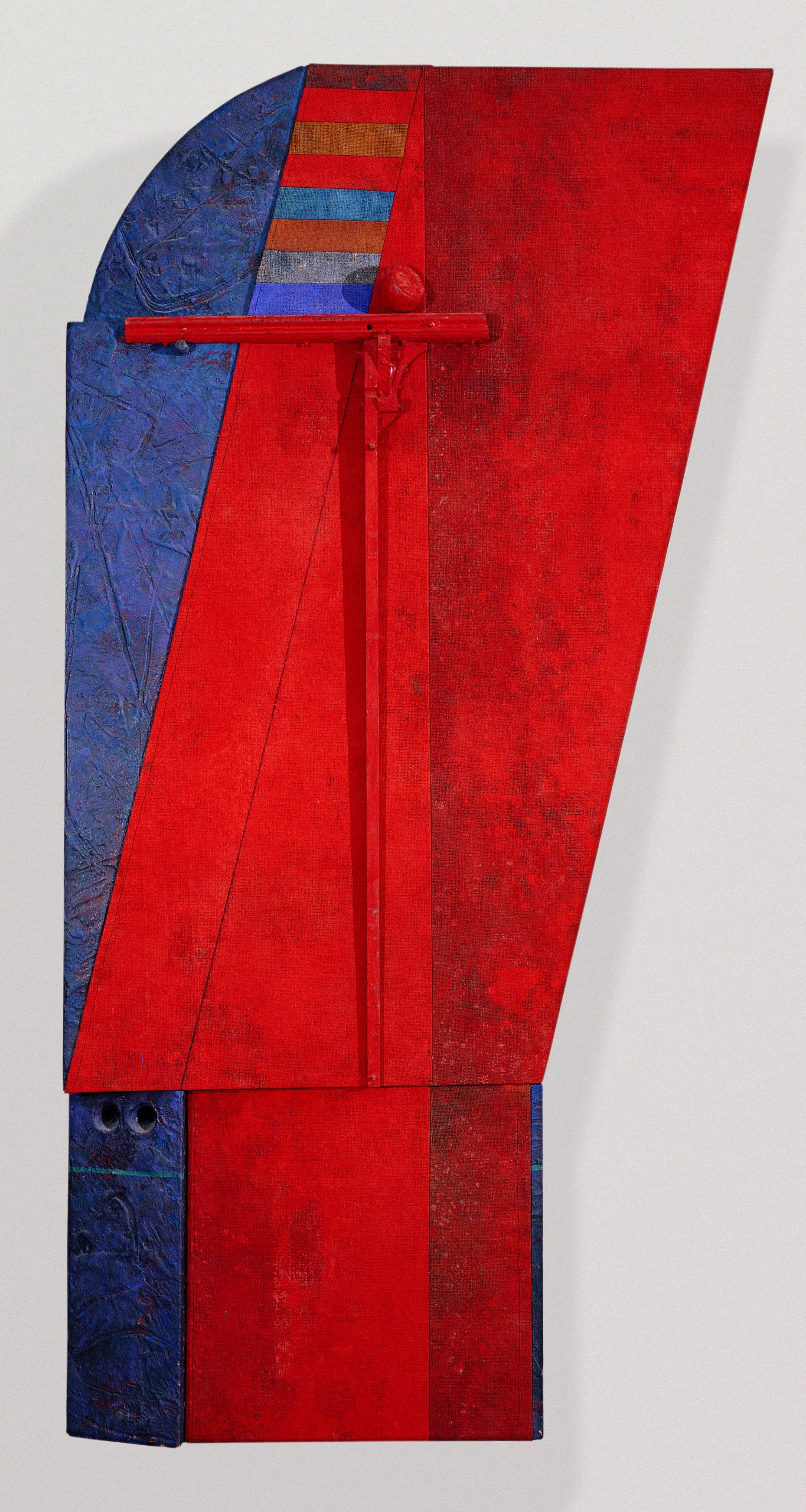Although Marcelo Bonevardi was born in Buenos Aires, his childhood memories were rooted in
Córdoba, Argentina, where he lived from the age of six. Consequently, his first artistic cues
came from his parents. His mother—a painter trained in Perugia, Italy—was familiar with the
Renaissance masters and kept a number of postcard reproductions of their work that
Bonevardi regularly copied. He also familiarized himself with carpentry, which he applied when
constructing boxes for magic tricks.
Bonevardi followed in his father’s footsteps for his higher education, which guided him to
Rome at the age of twenty-one. While abroad he saw firsthand the country’s wealth of painted
masterpieces; but it would be his encounter with the work of Italian proto-surrealist Giorgio de
that would prove most significant to the young artist. Although he began academic studies in
architecture when he returned to Argentina, Bonevardi started making a name for himself as a
painter through numerous exhibitions of his work throughout his home country. In 1958, he
moved to New York City under the auspices of a Guggenheim fellowship and devoted himself
exclusively to making art.
Upon arriving in New York, Bonevardi immediately began immersing himself in the currents of
the newly christened art-world capital. Attending one of the Whitney Museum’s Annuals in
the early 1960s, Bonevardi first saw the shadow boxes of Joseph Cornell that would not only
come to inform the “accumulation” found in his mature practice, but its mystery as well.
Concurrent to Bonevardi’s fascination with this influential artist, however, were his own
bourgeoning friendships with Gonzalo Fonseca and Julio Alpuy who introduced him to the
tenets of Joaquín Torres-García’s mode of Constructivism.
His “painting-constructions,” which grew from his study of Cornell’s work and that of his
friends Fonseca and Alpuy were wall-mounted assemblages featuring hand-carved objects
embedded into nooks and crevices punctuating the picture plane. Examples of this body of
work would soon be featured in several group and solo exhibitions at the Galería Bonino in
New York, as well as in shows at the Solomon R. Guggenheim Museum, New York; the
Museum of Modern Art, New York; and the Pennsylvania Academy of Fine Arts. The painting-
constructions found supporters in the form of Dore Ashton and the famous dealer Betty
Parsons, while a selection earned him the International Prize at the 1969 Bienal de São Paulo.
Bonevardi received many accolades over the course of his lifetime, including the International
Prize at the 1969 São Paulo Biennial, induction into the Guggenheim jury of Latin American art
from 1979–89, and representation at the 1983 Venice Biennial. He received retrospective
exhibitions at the Musée de Art Contemporain de Montréal in 1974; the Center for Inter-
American Relations, New York, in 1980; and in 2019 at the Lowe Art Museum, Miami.


 BONEVARDI, Marcelo
BONEVARDI, Marcelo